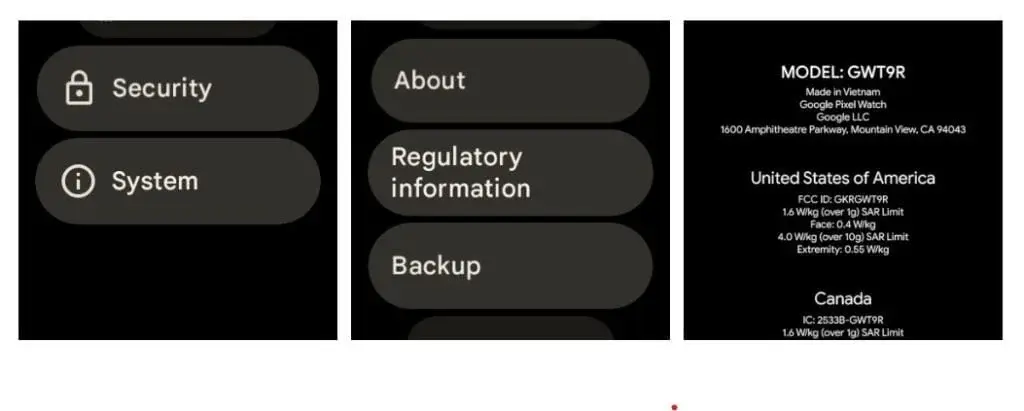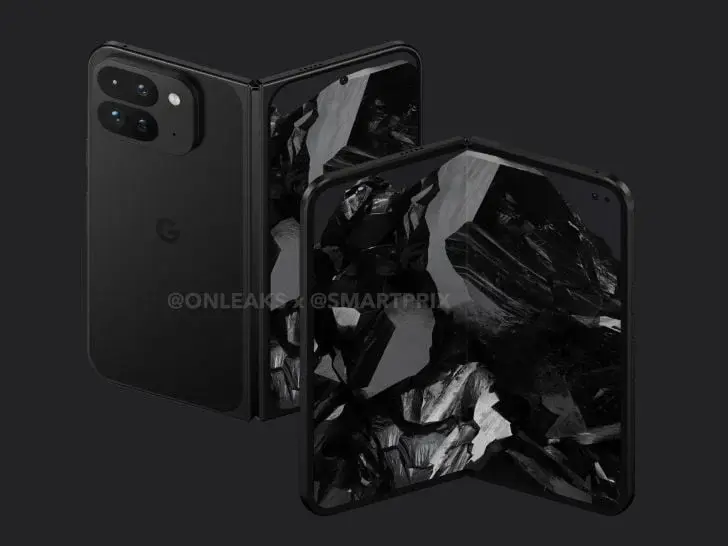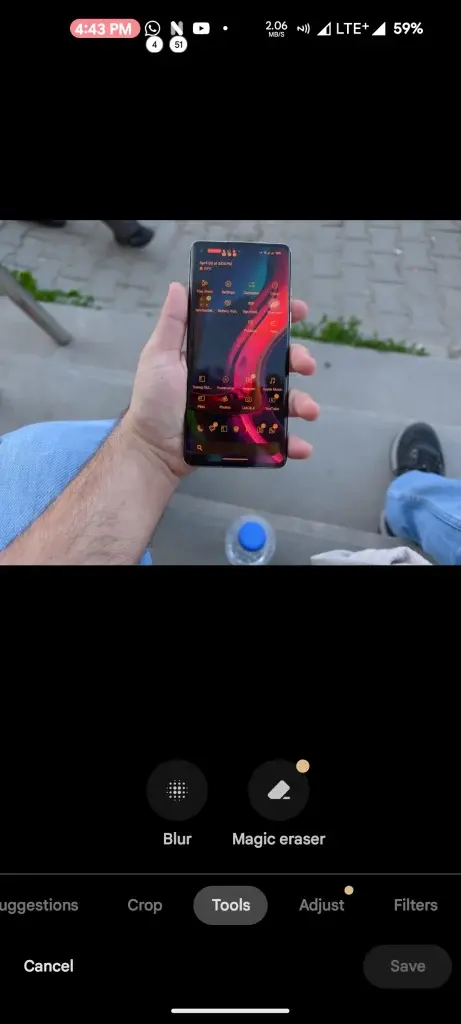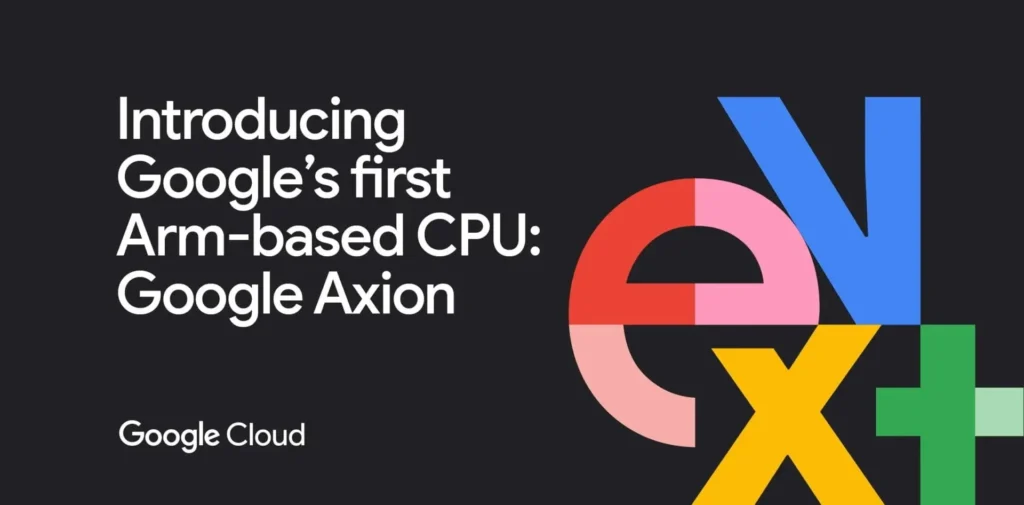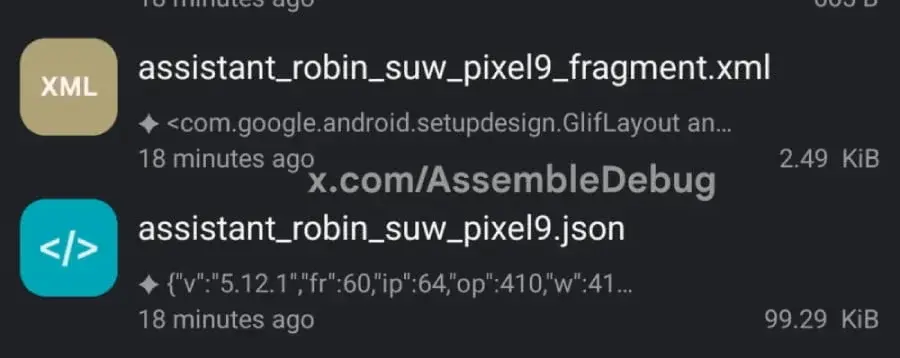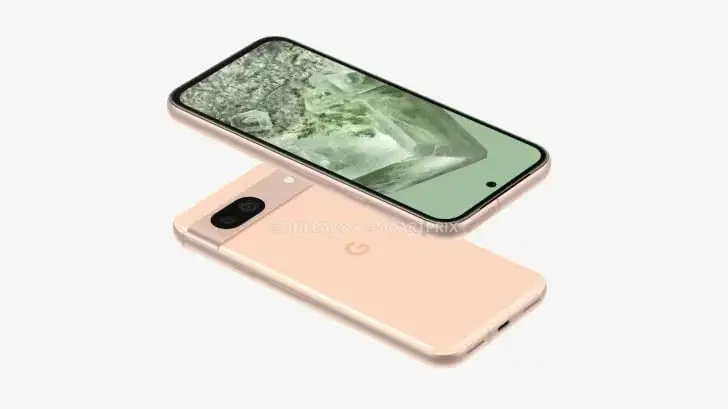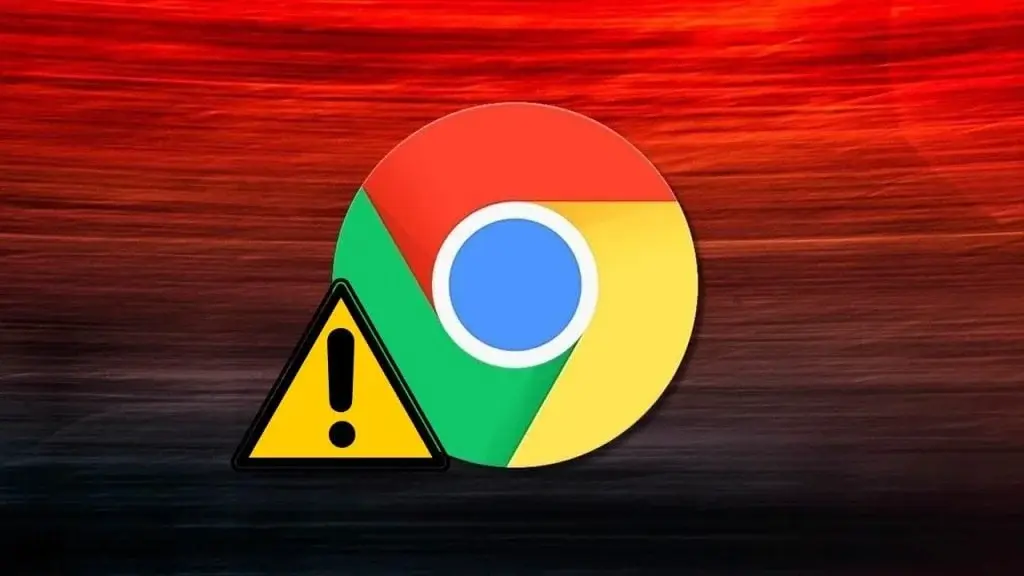RealFill: Google’s New AI Image Expansion Trademark
AI has become a ubiquitous presence in our daily lives, with numerous tech companies unveiling their AI-driven products. Recently, Google filed for a trademark that sheds light on a new project named "RealFill," as disclosed by the European Union Intellectual Property Office (EUIPO) and the US Patent and Trade Office (USPTO). RealFill Project Details RealFill is […]
RealFill: Google’s New AI Image Expansion Trademark Read More »


